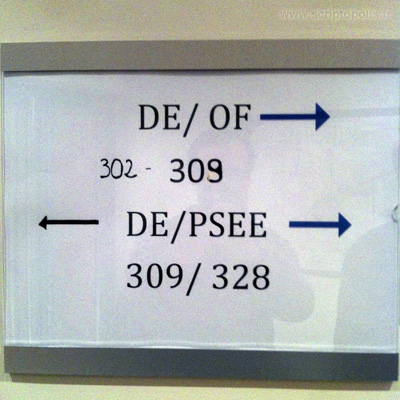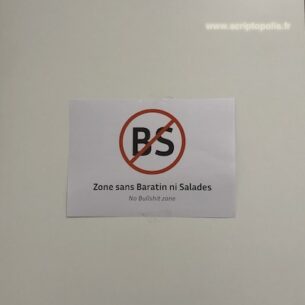Reassured

Two years after the publication of the results of your research on signage, the regional transportation authority gives you a call. They would like to know if you’re interested in discussing their project of harmonization of the multiple wayfinding systems present in the area: buses, subway, tram, trains and so forth. You think it’s a good idea, and accept with pleasure. A few days later you’re in their building with your co-author, looking for the people you’re supposed to meeting with. The day before, you had talked together about the meeting and agreed on the messages you wanted to end out. Something about controversies on visual pollution, something about the need for maintenance work, something about the struggles between graphic species that live on a same territory, and something about the hidden side of standardization and graphic homogenization. One thing you notably wanted to insist on is that the spatial ordering performed by an extremely rationalized set of signs may not be the best way to shape a public space. What is coherent and good in strict terms of information may be a bit too restrictive and dichotomous for ordinary urban life.
Trying to find the meeting room number 309 that day, you instantly felt they would understand you.






